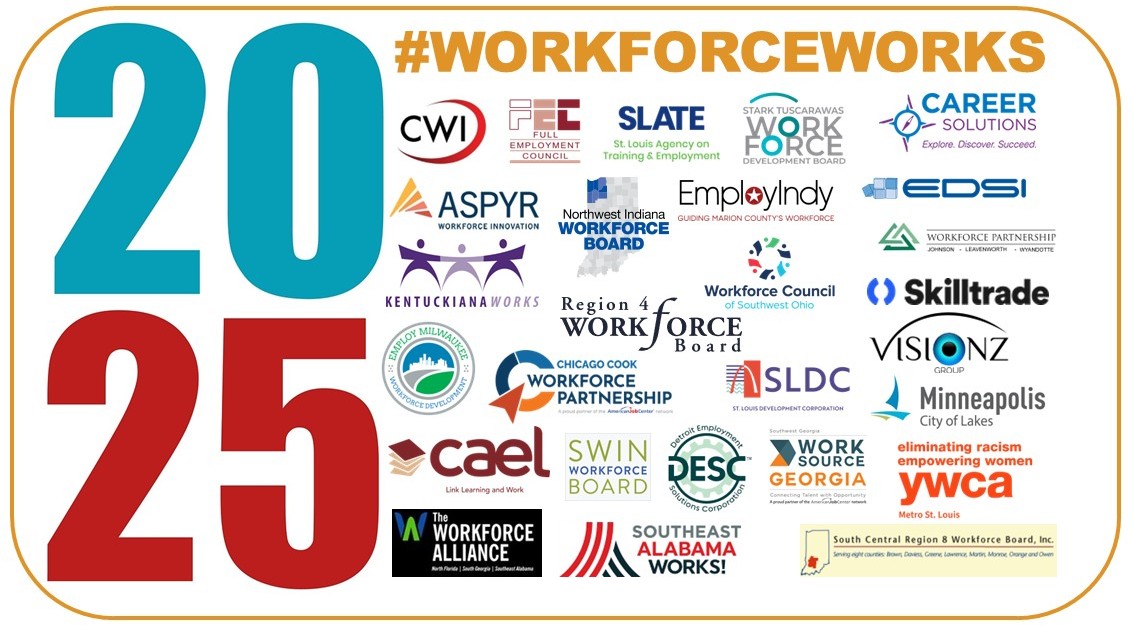For many individuals, reentry is one of life’s most defining transitions. Leaving incarceration means stepping into a world that often looks and feels entirely different from the one left behind. Success in this moment depends on more than securing employment. It requires resilience, self-awareness, and the confidence to navigate relationships, responsibilities, and community life.
That is why the timing of preparation matters. Traditional job-readiness efforts often begin after release, but by then, the challenges of reentry have already begun. Pre-release training allows individuals to start building skills, habits, and mindsets before they walk out the door. This early intervention can make all the difference, helping participants return to their communities with a plan and the tools to put it into action.
Effective reentry programs are not designed in isolation. They are built on the lived experiences of those who know the journey best. Through outcome-based workforce development programming and the guidance of peer mentorship, trauma-informed approaches are created that respond to real needs.
Outcome-based trauma-informed workforce development programming begins with the understanding that incarceration does not erase trauma, nor does it define a person’s potential. It is centered on building self-awareness, emotional intelligence, interpersonal communication skills, and soft skills mastery, alongside the guidance of peer mentorship. Participants not only prepare for employment but also develop the ability to process experiences, manage stress, and build healthy connections that sustain success on the job and in their communities. By grounding the process in lived experience, peer mentorship helps participants see what is possible as they prepare to leave prison, reinforcing skills that support lasting success after release and reducing the likelihood of recidivism.
What emerges from this approach are essential human skills that reshape how individuals see themselves and engage with others. Through guided practice, participants learn to respond rather than react, to set meaningful goals, and to build relationships rooted in trust instead of destructive patterns. Each of these modules builds progressively, moving from self-reflection to strategic planning and creating a clear roadmap for life after release. This process fosters agency, identity, and resilience, the very foundations of long-term success that reach far beyond employment.
These same skills are also strongly linked to reducing recidivism. Recidivism, or the return to criminal behavior after release, is influenced by many factors: lack of employability, unaddressed trauma, substance abuse, and limited support systems. Research shows that programs which combine education, job training, cognitive behavioral therapy, substance use treatment, and strong community connections can significantly reduce the likelihood of reincarceration. By integrating these elements, trauma-informed workforce development programming helps participants not only prepare for employment but also build the stability and confidence needed to stay on course after release.
Reentry is not a single step but a series of interconnected challenges: securing housing, reconnecting with family, pursuing education, navigating complex systems, and sustaining employment. Effective programming acknowledges this complexity and provides structured support to meet it. When preparation begins pre-release and carries through post-release, participants gain decision-making skills, financial literacy, and a clear plan that helps them return home better prepared to contribute. The results are tangible: families reconnect, neighborhoods stabilize, and the cycle of incarceration begins to break, reducing recidivism.
By incorporating pre- and post-release preparedness and workforce readiness, workforce development programming shifts from being simply about survival to being about transformation. It extends beyond preparing individuals to succeed after release, it is about creating pathways toward opportunity, strengthening families and restoring communities.
The Visionz C.O.N.N.E.C.T. (Community, Opportunity, Navigating, Networks, Empowerment, Commitment, Transformation) program is built around seven pillars that guide reentry. The program begins with community and opportunity, fostering belonging and opening doors to education, training, and mentorship. Navigating and networks provide planning, goal-setting, and supportive connections, while empowerment and commitment build confidence, self-advocacy, and accountability. Transformation ties these elements together by developing emotional intelligence, conflict resolution, and reflection, creating lasting growth that turns survival into thriving.
By giving incarcerated individuals the tools to rewrite their stories before they come home, programs like Visionz C.O.N.N.E.C.T. help shape futures, strengthen communities, and break cycles — one life at a time.






